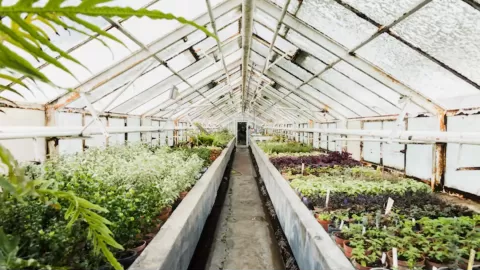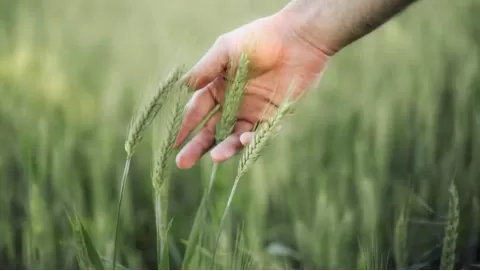
Decoding the Aromas: Exploring Popular Cannabis Terpenes
The components of cannabis that are known as terpenes play an essential part in determining the qualities of the plant, even though they are sometimes overlooked. They are the chemical compounds that are responsible for the diverse flavors that are associated with various strains of cannabis. These compounds may be found in a variety of plants, including cannabis.
Terpenes represent aromatic compounds that are responsible for the distinctive aroma of cannabis. THC and CBD are two examples of cannabinoids that interact with terpenes, influencing the overall effects of a particular strain. The result of this interaction is usually known as the entourage effect, which describes the phenomenon in which the combination of cannabinoids and terpenes results in an experience that is more complex and significant.
Throughout the course of this article, you will have an in-depth look at some of the most common terpenes found in cannabis, analyzing their individual features as well as the potential impacts they may have. The study of these terpenes adds an additional level of understanding to the vast universe of cannabis strains. Continue reading to learn the fundamentals of terpenes to gain an understanding of what they are and how they contribute to the overall experience of cannabis.
How Terpenes Are Produced In Cannabis Plants
The complex process that occurs within the cannabis plant is responsible for the creation of terpenes, the aromatic molecules that give each strain of cannabis its unique smell. This complicated biosynthetic process takes place in the trichomes, which are the sticky glands that cover the flowers and leaves of the plant.
Terpene synthesis starts with the synthesis of precursors such as dimethylallyl pyrophosphate (DMAPP) and isopentenyl pyrophosphate (IPP). A number of terpene types can be constructed from these precursors. The various strains of cannabis produce a wide variety of scents because the enzymes that catalyze the production of these precursors direct it toward particular terpene profiles.
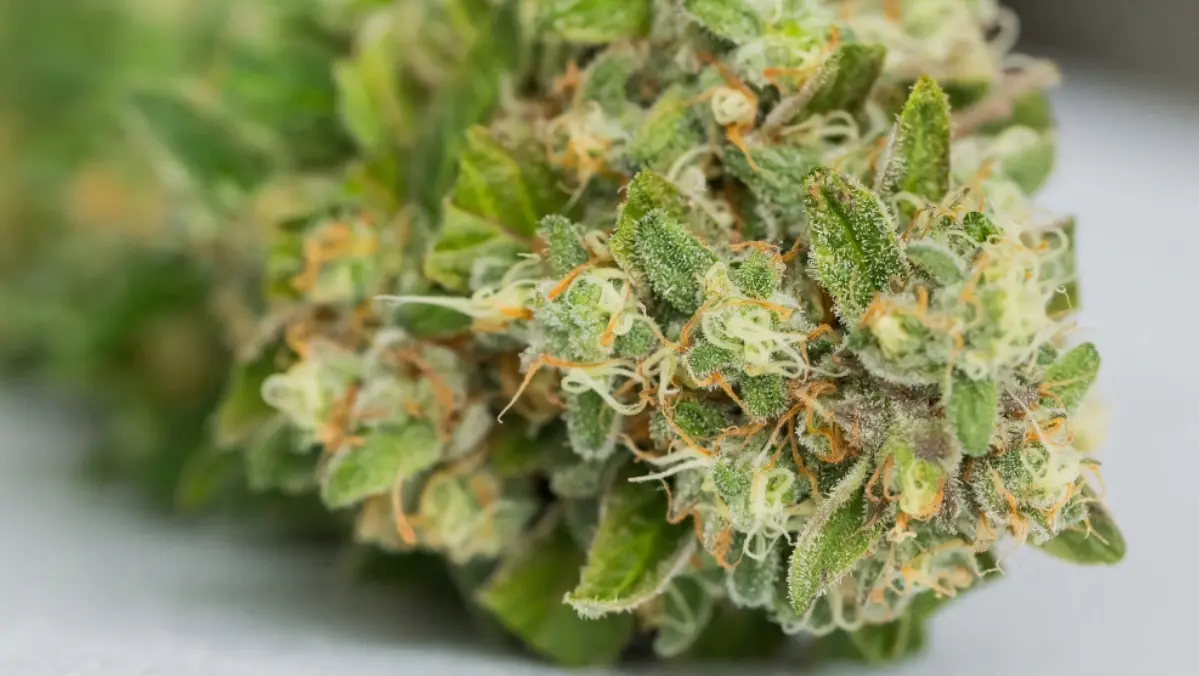
Terpene synthesis is very sensitive to environmental variables like light, temperature, and nutrition availability. To adapt to their environment, cannabis plants dynamically alter the amount of terpenes they produce. The plant's modification influences the terpene composition, which leads to an intriguing interaction between the plant and its environment. The interaction of marijuana terpenes, present in various strains of cannabis Sativa, makes the aromas and tastes of each variety stronger. These terpenes, regardless of the strain, play a pivotal role in shaping the distinctive sensory experience
Understanding the complex biosynthesis process in cannabis plants provides insight into the factors contributing to the aromatic diversity among strains. The diversity of marijuana strains is not only reflected in their distinct effects and flavors but also in the intricate composition of cannabis compounds, showcasing the complex interplay that defines the unique characteristics of each strain. The method of terpene creation in the cannabis industry creates an extensive array of aromatic delights, ranging from earthy myrcene to citrus limonene.
Cannabinoids And Terpenes: How They Interact
Terpenes and cannabinoids contribute to the captivating chemical composition of cannabis by playing supplementary roles in the plant's scent and the effects felt by users. An important phenomenon that highlights the relevance of their interaction is the entourage effect, which occurs when these two types of chemicals work together.
Terpenes, cannabinoids (such as THC and CBD), and the biosynthetic way all begin with the same precursor. The chemicals' shared origin forms a biochemical connection, allowing them to affect each other's concentration and production within the plant. This means that every strain of cannabis has its own distinct profile due to the exact ratio of cannabinoids to terpenes.
In addition to having evolved together in the plant, terpenes and cannabinoids have a synergistic effect on the human body when individuals smoke cannabis. Terpenes, through their aromatic presence, modulate the effects of cannabinoids by influencing their absorption, binding, and overall bioavailability. This interaction contributes to the nuanced and varied experiences reported by cannabis users.
The Concept Of The Entourage Effect And Synergistic Interaction With Cannabinoids
The entourage effect is a fundamental idea in the cannabis field that sheds light on the complex relationship between terpenes and cannabinoids. This phenomenon sums up the theory that the complex effects of cannabis are due to the plant's many different compounds working together rather than to any one of them acting alone.

The complex interplay between cannabinoids and terpenes is critical to the entourage effect. The chemical molecules known as cannabinoids, including THC and CBD, have been the subject of considerable research into their potential medicinal uses. Nonetheless, the lesser-known terpenes play a significant role in the whole. These aromatic compounds enhance the effects of cannabinoids in a way that goes beyond just aromatizing and flavoring the plant.
Terpenes modulate cannabinoid activity due to their aromatic content. They can affect how cannabinoids traverse the blood-brain barrier, how they bind, and how much of the substance can be absorbed. Changes in the potency and length of the high and improvements in therapeutic efficacy are among the many outcomes of this modulation.
Consider, for instance, myrcene—a prevalent terpene with sedative properties. Myrcene is said to enhance the calming and soothing effects of THC when mixed with it, adding to the infamous "couch-lock" effect. To counterbalance the sedative effects of some strains, terpenes such as limonene or pinene may offer an uplifting and stimulating feel.
Essential oils, derived from aromatic plants, share a common thread with cannabis terpenes, both contributing to the rich tapestry of aromas in various strains, unlocking not only distinctive scents but also potential therapeutic benefits across the spectrum of natural wellness practices.
The entourage effect challenges the reductionist view of cannabis effects solely through individual compounds, emphasizing the importance of the plant's holistic chemical composition. A greater understanding of the complex relationship between terpenes and cannabinoids is leading to an increased appreciation for the whole cannabis experience rather than just its individual components.
Myrcene: The Most Abundant Terpene In Cannabis
Myrcene is the most prominent terpene in cannabis, and it is also the most aromatic component of the plant. Named after the Myrcia genus of plants, where it was first identified, myrcene is a monoterpene known for its earthy, musky scent reminiscent of cloves and ripe mangoes. The fact that it is present in a wide range of cannabis strains and can make up as much as half of the terpene profile shows how important it is for the plant's identity.
In the cannabis plant, this terpene is produced in the trichomes, which are tiny glands that are covered with resin and found on the plant's leaves and flowers. Environmental factors, such as temperature and light exposure, impact myrcene production, and it provides an intriguing insight into the adaptability of cannabis plants. Its prevalence across various strains is responsible for the unique smell and various effects.
Relaxing And Sedative Effects Of Myrcene
Myrcene is well-known for its fragrant properties, but it is also known for its soothing and relaxing effects. According to popular belief, this terpene makes cell membranes more permeable, which means cannabis can be absorbed faster. Myrcene and THC, the psychoactive cannabinoid in cannabis, can work together to create an even more relaxing effect—what is humorously called the "couch lock" feeling.
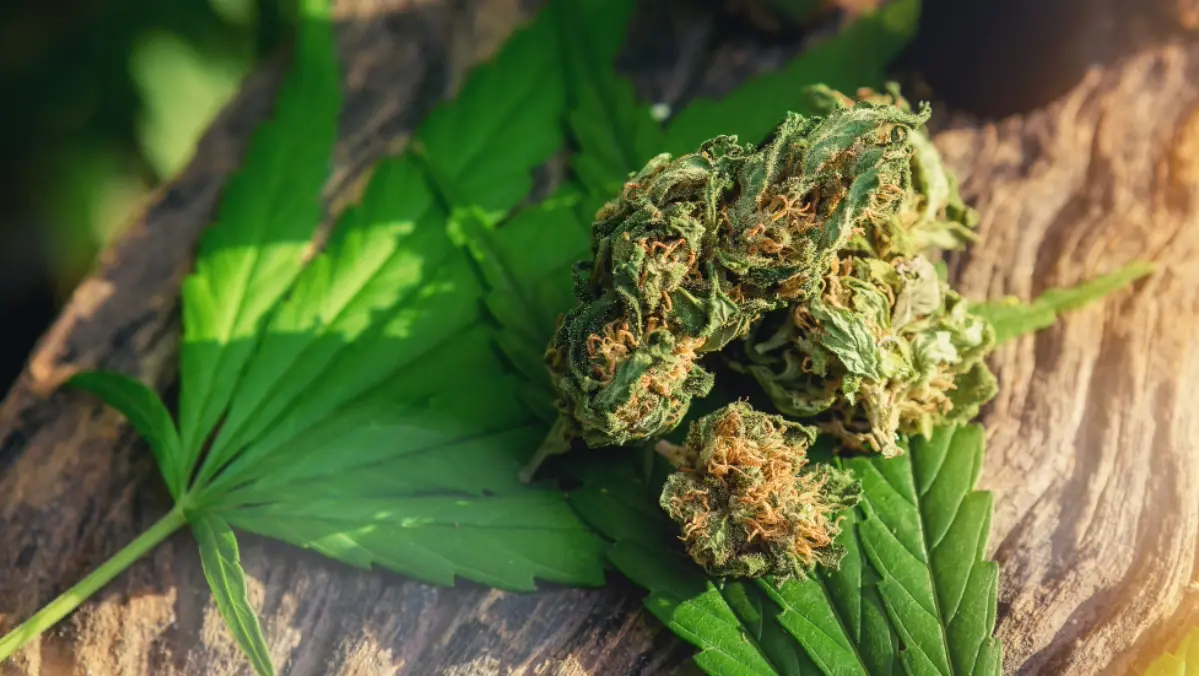
People with insomnia or want to relax at the end of a long day typically seek out myrcene-rich strains. In addition to its soothing effects when combined with THC, myrcene is known to have a relaxing effect on the muscles as well. People suffering from stress-related bodily pain or muscular tension may find relief with myrcene-laden strains.
Harmonizing Nature And Innovation: Unveiling The Purity Of Extraction With PURE5™
PURE5™ is an unparalleled symbol of innovation and dependability in the field of cannabis and hemp extraction, which is an industry in which accuracy and purity are of the utmost importance. With its cutting-edge technology and one-of-a-kind approach to the extraction of plants, PURE5 has established itself as an influential company in the extraction equipment sector, where it has redefined industry standards. It is not just the machinery that makes PURE5 unique from its competitors; it is the company's dedication to ensuring that each extraction maintains its natural essence.
A new extraction method that emphasizes protecting natural components is at the core of the PURE5™ 's products. The company's extraction approach ensures slight deterioration of the plants, in contrast to conventional methods that expose the plants to high temperatures and hazardous solvents. The result is a product that embodies the actual vitality of the plant, presented in its most unaltered form.
To summarize the fundamental principles of PURE5 equipment in three brief words - safer, faster, and cheaper – may appear to be an ambitious claim, yet it is a promise that is supported by the effectiveness of their machines. The company's machines provide a more cost-effective solution than traditional processes involving C02, butane, propane, or ethanol. This is accomplished without sacrificing the quality of the final product, which is a significant distinction.
Limonene: The Citrusy Aroma And Potential Mood-Enhancing Properties
Limonene is a prominent player in cannabis's smell performance, bringing the stimulating scent of citrus trees to various strains. The cyclic terpene limonene, so called because it is abundant in citrus fruits, has a pleasant aroma and may even improve one's mood. Limonene, a vital member of the terpene group, demonstrates its adaptability by influencing the psychophysical landscape of cannabis use in addition to the flavor profile.
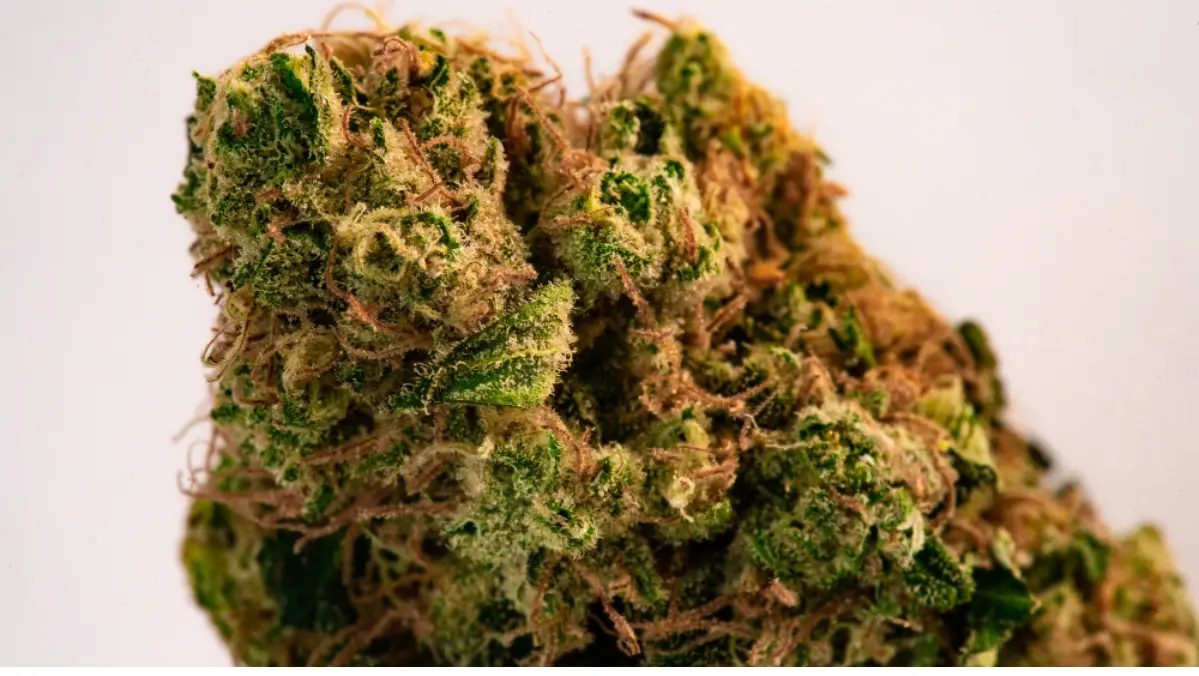
The synthesis of limonene within cannabis plants occurs within the glandular trichomes, those resinous micro-factories where cannabinoids and terpenes come to life. The zesty aroma that limonene brings to different strains makes you feel refreshed and energetic immediately. Strains high in limonene are aromatic lights in the cannabis world, and this terpene proves that nature uses a wide variety of aromatic compounds.
Its Potential Anti-Anxiety And Antidepressant Effects
The exploration of specific marijuana plants holds promise as a potential avenue for individuals managing anxiety disorders, as cannabinoids and terpenes within these plants may offer therapeutic effects that contribute to alleviating symptoms and promoting mental well-being. Limonene has an impact on mental health that goes beyond its fragrant capabilities. Limonene has the potential to have therapeutic uses as preliminary research indicates it may have anti-anxiety and antidepressant qualities. The terpene's capacity to pass the blood-brain barrier and its interactions with the body's endocannabinoid system provides opportunities for a more complex understanding of its role in mood regulation.
Research suggests that limonene may influence the neurotransmitters dopamine and serotonin levels, which are involved in maintaining emotional stability. Some people who have taken limonene-rich strains have reported feeling calmer and happier after taking them, and this modulation may be a contributing factor. Beyond the conventional limitations of cannabis, limonene offers a fragrant companion for individuals navigating the maze of mental health issues.
Pinene: The Pine-Scented Terpene
Pinene, a terpene with an aroma typical of pine forests, is found in the sticky trichomes of the cannabis plant. Named after its fragrant origin, pinene adds depth to the smells of many other strains and brings up images of lush forests and the fresh scent of evergreen needles. Pinene, one of the most prominent terpenes in cannabis, is an exciting player in the terpene community due to its possible physiological effects and smell appeal.
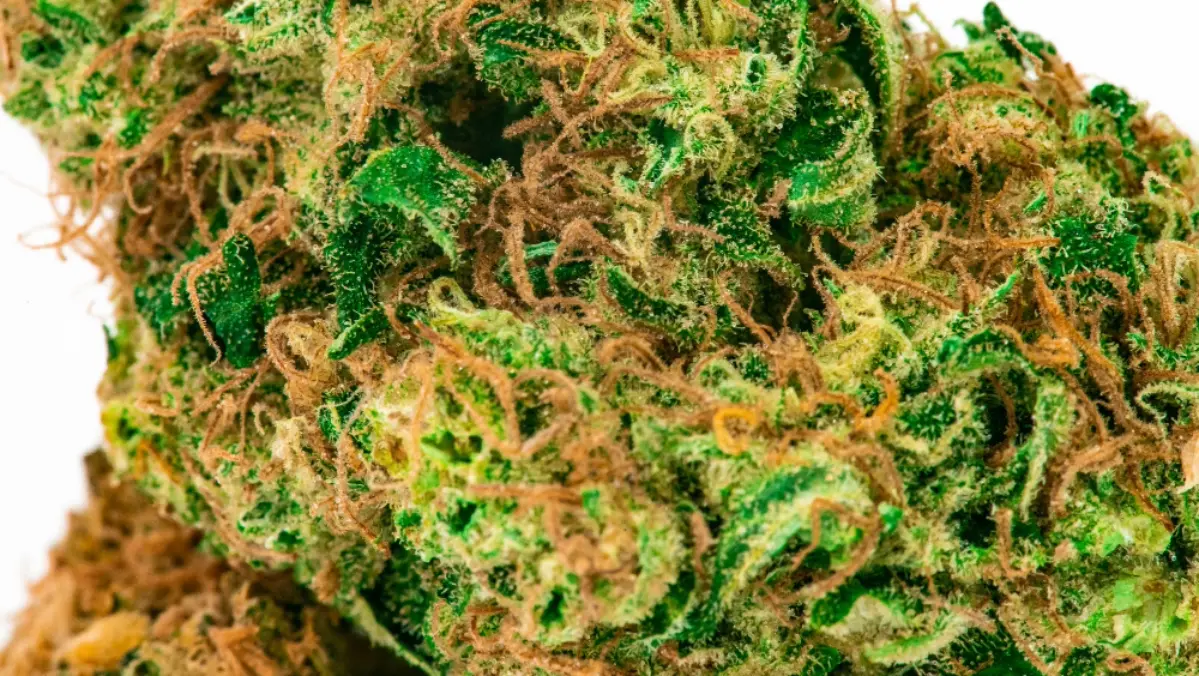
In cannabis, pinene is produced in the trichomes, which are small glands responsible for the careful production of cannabinoids and terpenes. Its abundance in strains enhances the woodsy and herbal undertones, creating aromatic patterns that can transport the user to a calm forest walk through each inhalation. The terpene pinene not only makes cannabis taste more interesting, but it also calls for research into any medicinal benefits it may have.
Its Potential Bronchodilator Effects And Cognitive Benefits
Pinene has been identified as a terpene with possible health effects and function as an aroma enhancer. According to the research, Pinene can potentially widen airways by acting as a bronchodilator. Due to this feature, researchers are interested in studying potential uses for respiratory disorders. Some people may find that inhaling cannabis with a high pinene content is an excellent way to get the medicinal advantages of the plant without negatively impacting their respiratory system.
The effects of pinene on the human body also reach into the mental and emotional spheres. This terpene has shown promise in several studies for its possible cognitive-enhancing effects, including improved attention and concentration. Users who explore strains with a strong pinene profile may have a sensory adventure through pine-laden landscapes and a cognitive experience that syncs with heightened focus and clarity of mind.
Leafypack's Automated Packaging Revolution In Cannabis Processing
Leafypack, a leading company in the field of automated packaging systems for the cannabis industry, goes above the limitations typically associated with packaging. Unlike mere suppliers of cannabis packaging machines, Leafypack is a team of seasoned packaging machinery experts who share a genuine enthusiasm for cannabis, aligning their values with those of the industry they serve.
Leafypack's commitment to the growth of your cannabis business underlies the company's fundamental values and principles. The company is aware that its mission is not limited to the cultivation of cannabis; instead, it seeks to improve the overall functioning of your business. They are committed to supporting you in locating individualized solutions that perfectly align with your particular requirements.
Leafypack's objective extends far beyond the mechanics of packaging; it encompasses a vision to "Inhale the Good Shit, Exhale the Bullshit." This objective reflects a dedication to deliver optimum solutions and excellent service, as well as to automate the procedures involved in the packaging of cannabis successfully. By doing so, Leafypack hopes to improve operational efficiency and save you millions of dollars yearly on optional labor expenditures.
Another way the company demonstrates its commitment is through its rigorous performance testing. They aim to ensure that nothing is sold until it has been subjected to thorough examination and has completed a comprehensive performance checklist.
Each step of the cannabis packaging process is covered by the extensive selection of packaging solutions that Leafypack's company offers. Efficiency resonates throughout the cannabis industry, formed by Leafypack's offerings. These offerings include pre-rolling and bagging, labeling, weighing, filling, sealing, wrapping, capping, and case packaging. In this journey, Leafypack is your reliable companion, and it is not just about packaging; it is about boosting the overall cannabis experience, from the cultivation of cannabis to the consumption of cannabis.
Linalool: The Floral And Lavender-Like Aroma
Linalool, an unnoticed but unique terpene in cannabis, gives a floral and calming lavender-like aroma to many strains. This monoterpene, which gets its name from the lily of the valley, gives the sense of smell an unearthly quality, making one think of peaceful gardens and tranquil landscapes. Linalool is well-known for its pleasant aroma, but it also has a significant impact on cannabis's sensory profile, transporting consumers to a world where cannabinoids and delicate floral notes coexist.
The trichomes of the cannabis plant synthesize linalool, which adds to the unique terpene scent that is characteristic of different strains. It provides an aromatic escape from everyday life and serves as a sensory link between the natural and the artificial. Discovering linalool-rich strains takes consumers on a sensory adventure through floral scents that gently caress the senses, elevating the cannabis experience beyond its intoxicating aspects.
Calming And Anti-Anxiety Effects
For individuals in search of peace in the cannabis realm, linalool's effects go beyond mere scent. In addition to its pleasant aromas, this terpene may have therapeutic benefits, such as relaxing and anti-anxiety effects, according to research. People dealing with stress or looking for a peaceful cannabis experience may find unique appeal in linalool-rich strains due to their ability to generate peace of mind.
As a modulator of the GABAergic system, linalool may contribute to the sedative effects reported by users. There is a possible synergy between GABA, a neurotransmitter linked with relaxation, and linalool that goes beyond the conventional limits of cannabis use. Linalool can be a soothing presence for individuals looking to escape the chaos of everyday life.
Humulene: A Terpene With A Woodsy And Earthy Aroma
Humulene is a terpene that stands out in the vast array of aromas produced by cannabis strains. It has a unique earthy and woodsy scent. Humulene, which derives its name from the Humulus lupulus plant, offers a sensory experience characterized by the calming nature of nature and adds strength to the aroma of some cannabis strains. Its presence in the cannabis plant's trichomes highlights its role in determining the terpene profile, transporting consumers to a place where the medicinal properties of cannabinoids meet the wonders of nature.

Produced by the resinous glands of the cannabis plant, humulene connects the synthetic scents of the plant with the natural, organic scents found in nature. Exploring humulene-rich strains takes users on a fragrant journey that goes beyond the usual limits of cannabis use. It's like taking a whiff of a remote forest, where earthy aromas and woodsy undertones harmonize in a perfect blend.
Appetite-Suppressant And Anti-Inflammatory Effects
Beyond its unique aroma, humulene is a terpene with fascinating possible medicinal uses. Those interested in using cannabis for weight management may find strains rich in humulene appealing due to research suggesting that it may have an appetite-suppressing effect. For those looking for a more comprehensive method of health care than just the intoxicating effects of cannabis, this unique quality, along with the terpene's existence in different strains, provides an entirely novel path to explore.
Furthermore, humulene is believed to possess anti-inflammatory properties, contributing to the growing number of research on cannabis terpenes and their potential therapeutic applications. Humulene, a naturally occurring inflammatory modulator, could provide a botanical option for people with inflammatory disorders. Terpenes and the potential benefits they bring to the center of cannabis research are closely related, and the combination of cannabinoids and humulene in some strains generates an array of effects that go beyond standard expectations.
The Bottom Line
Unlike other plants, marijuana possesses a distinctive array of psychoactive effects, primarily attributed to its cannabinoids, notably THC. These compounds interact with the endocannabinoid system, inducing alterations in perception, mood, and cognition, reinforcing marijuana's unparalleled role in producing unique and complex psychoactive experiences. Delving into the world of popular cannabis terpenes opens a fascinating gateway to the intricate world of aromas and flavors that characterize different cannabis strains. These aromatic compounds contribute to each strain's distinct sensory profiles and offer a myriad of potential therapeutic effects. These compounds play a crucial role in shaping the diverse and nuanced experiences enjoyed by cannabis enthusiasts.
From the citrusy notes of limonene to the earthy undertones of myrcene, each terpene brings its unique signature to the table, creating a rich tapestry of scents and tastes. Beyond the sensory allure, the therapeutic potential of terpenes adds another layer of intrigue, with studies suggesting their interaction with cannabinoids in what is commonly referred to as the entourage effect.
As the cannabis industry matures, consumers and cultivators alike are embracing the significance of terpenes, not merely as aromatic components but as critical contributors to the holistic cannabis experience. From strain selection to consumption preferences, terpenes are becoming integral considerations for cannabis enthusiasts seeking a personalized and tailored journey.
In the ever-expanding world of cannabis research and exploration, the study of terpenes is a testament to this versatile plant's complexity and beauty. Whether for recreational enjoyment or medicinal purposes, understanding and appreciating the diverse array of cannabis terpenes adds a layer of sophistication to the cannabis landscape, inviting enthusiasts to explore, appreciate, and savor the nuances that each strain uniquely offers.
Disclaimer: This material is for informational purposes only and should not be relied on for legal, medical, financial, or other professional advice.






